SOURCE: IDRW.ORG.

The Indian Army, under the Ministry of Defence, has released a Request for Information (RFI) to procure approximately 5,000 to 10,000 Software Defined Radios (SDR) for vehicular applications. This new communication system aims to enhance tactical vehicular radio communication across a wide range of military vehicles, providing reliable and resilient communication capabilities essential for modern warfare. These SDRs will play a vital role in equipping the Indian Army’s vehicular fleet, from heavily armored tanks to lighter utility vehicles, with advanced, adaptable communication tools.
The SDRs are intended to support vehicular communication for both A and B category vehicles used by the Indian Army. Category A vehicles include heavily armored and specialized vehicles like tanks, while Category B vehicles cover light utility and logistical support vehicles. By equipping both categories, the SDRs will create a standardized communication network across the vehicle spectrum, ensuring secure, reliable, and high-quality communication channels across the battlefield.
Continue readingSOURCE: RAUNAK KUNDE / NEWS BEAT / IDRW.ORG
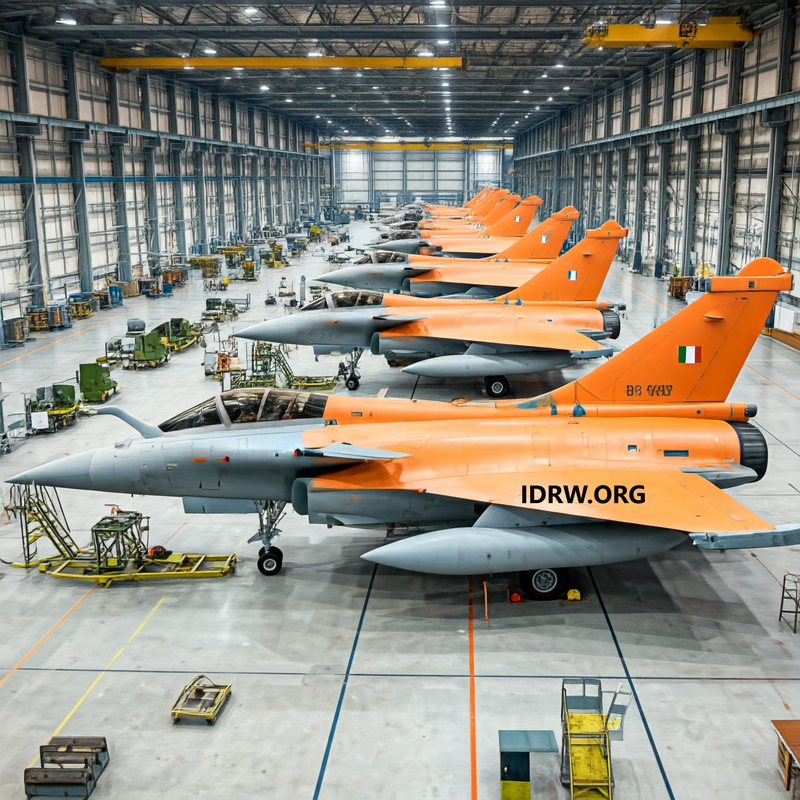
The Indian Air Force’s (IAF) long-awaited Medium Role Fighter Aircraft (MRFA) tender, aimed at acquiring 114 advanced fighter jets, is facing an additional challenge as local production costs are projected to exceed direct procurement prices by $20-30 million per jet. According to an IAF official who spoke to idrw.org, manufacturing these jets locally—an integral part of the Make in India initiative—would incur significantly higher expenses compared to acquiring them directly from the original equipment manufacturers (OEMs).
The MRFA tender includes four twin-engine fighters in consideration: the Boeing F/A-18E/F Super Hornet Block III, the Eurofighter Typhoon, the Russian MiG-35, and the Dassault Rafale. Additionally, two single-engine options, the Lockheed Martin F-16 Block V (marketed as the F-21) and Saab’s Gripen-E, have also been proposed. While all six fighters present advanced capabilities, the increased costs associated with establishing local production lines, building specialized infrastructure, and training a domestic workforce will push the final price per unit well above what a direct OEM purchase would entail.
Continue readingSOURCE: RAUNAK KUNDE / NEWS BEAT / IDRW.ORG
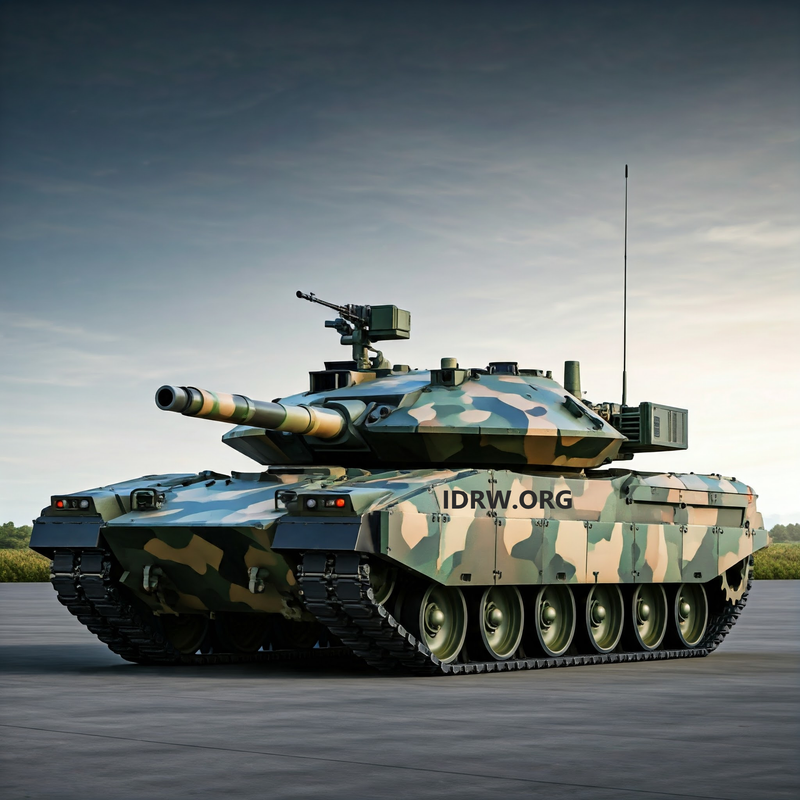
India’s Future Ready Combat Vehicle (FRCV) program is setting an ambitious course for the modernization of the Indian Army’s armoured forces by developing a next-generation main battle tank (MBT) to replace its ageing fleet of T-72 tanks. The program is not only focused on creating a more advanced, capable tank but is also exploring the potential for autonomous, unmanned combat vehicles.
These unmanned MBTs are envisioned to operate autonomously, leveraging direct satellite links for real-time battlefield data exchange, robust communication networks, and advanced firepower capabilities to transform combat operations. Here’s a look into the transformative technology and vision guiding India’s FRCV program.
Continue readingSOURCE: RAUNAK KUNDE / NEWS BEAT / IDRW.ORG

Swedish defence giant Saab has presented a compelling proposal to the Indian Air Force (IAF) under its Medium Role Fighter Aircraft (MRFA) tender, offering its Gripen-E fighter jet with a comprehensive “Make in India” production strategy. Saab not only plans to set up a production line for the Gripen-E in India but has also offered its expertise to support the production line of India’s indigenous Advanced Medium Combat Aircraft (AMCA) program. This collaboration would leverage Saab’s experience in digital engineering and fighter jet production to aid India in establishing a modernized manufacturing ecosystem.
Saab officials have highlighted India’s availability of a skilled workforce and the potential for advanced digital engineering techniques, noting that recent projects, such as the Gripen-E, have allowed Saab to refine its high-tech production capabilities. Saab’s proposal goes beyond the MRFA requirements, potentially positioning itself as a key partner in enhancing India’s domestic fighter manufacturing capability, especially for complex, next-generation platforms.
Continue readingSOURCE: IDRW.ORG.

In a significant milestone for India’s nuclear deterrence capabilities, the INS Arihant, India’s first nuclear-powered ballistic missile submarine (SSBN), reportedly conducted its first operational trial of the K-4 Submarine-Launched Ballistic Missile (SLBM) yesterday morning. According to a report by the Times of India, this marks a major step forward in integrating long-range SLBMs into India’s underwater strategic forces.
The K-4 SLBM, with a range of approximately 3,500 km, represents a considerable advancement over the K-15 (B-05) missile, which has a range of 750 km. Until now, tests of the K-4 had been carried out from submerged platforms says TOI report, ensuring the missile’s capabilities in realistic underwater launch scenarios. But idrw.org Reports from 2022 indicated that INS Arihant successfully conducted trials of the K-15 SLBM, marking its ability to operationally deploy short-range SLBMs but also K4 trials were also carried out in the same year as two trials were recorded from Arihant, so technically this could be a second test but first full-range test of the K-4 missile.
Continue readingSOURCE: IDRW.ORG.

The indigenously developed Zorawar light tank has arrived in Ladakh for a month-long trial at the Nyoma field firing range. This critical phase of testing, which commenced in mid-November, is scheduled to conclude by mid-December 2024. Developed by the Defence Research and Development Organisation (DRDO) in collaboration with Larsen & Toubro (L&T), the Zorawar is poised to play a pivotal role in enhancing the Indian Army’s capability in high-altitude and challenging terrains.
The Zorawar light tank has already successfully completed its internal trials and firing trials, which were jointly conducted by L&T and DRDO. These tests validated the tank’s core systems, including its advanced firepower, mobility, and survivability features. Now, the platform has entered the critical user trial phase, where it will be assessed by the Indian Army under operational conditions.
Continue readingSOURCE: RAUNAK KUNDE / NEWS BEAT / IDRW.ORG
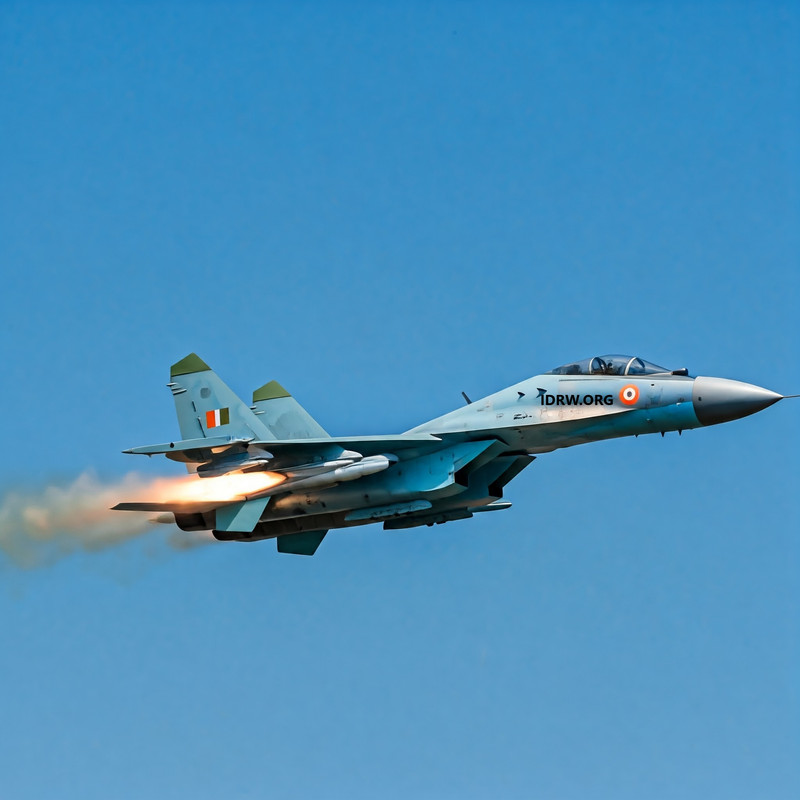
The European consortium responsible for developing the Meteor, one of the world’s most advanced long-range air-to-air missiles, is reportedly not keen on supporting the Indian Air Force’s (IAF) plans to integrate the missile on its frontline fighter jets like the Super Su-30MKI, Tejas Mk1A, and the upcoming Tejas MkII. Currently, only the 36 Rafale jets in India’s arsenal are equipped with the Meteor missile, despite the IAF’s interest in expanding the missile’s integration to other indigenous and Russian-origin platforms.
Besides the Rafale, the Meteor has been integrated with the Gripen-E and Eurofighter Typhoon, which are contenders in India’s Medium Role Fighter Aircraft (MRFA) tender for 114 fighter jets. Industrial sources close to idrw.org reveal that the European consortium has reservations regarding the Meteor’s integration on Russian-origin platforms and has shown reluctance to support its deployment on Indian-made jets like the Tejas Mk1A. This stance appears to be a deliberate strategy, with the consortium aiming to position the Meteor missile as a unique selling proposition (USP) for European fighters in India’s MRFA competition. By limiting the Meteor to European platforms, the consortium is possibly creating a competitive advantage for its missile-equipped fighter jets in the tender process.
Continue readingSOURCE: RAUNAK KUNDE / NEWS BEAT / IDRW.ORG
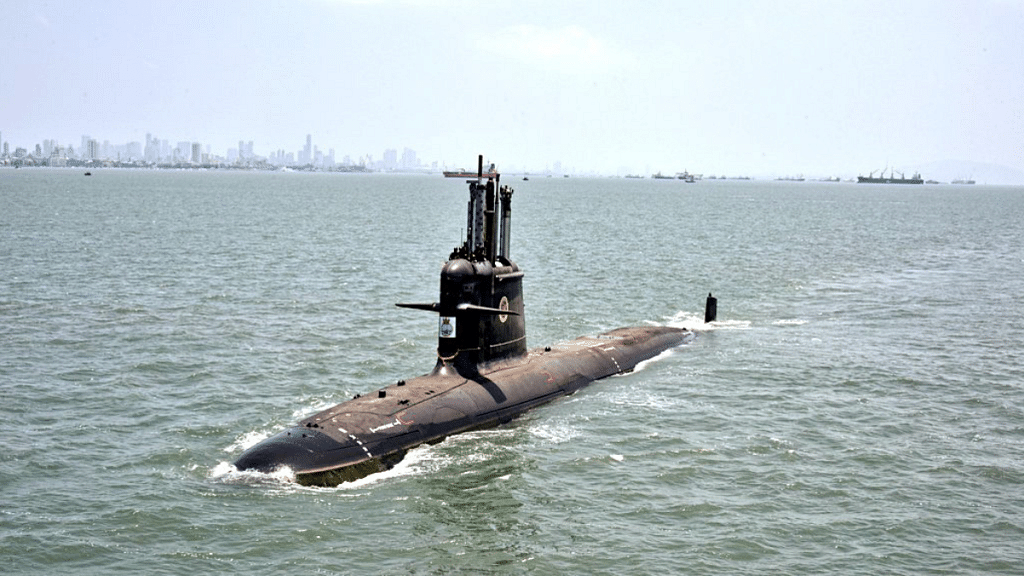
The Defense Research and Development Organisation’s (DRDO) ambitious Air-Independent Propulsion (AIP) system, developed specifically for the Indian Navy’s Kalvari-class submarines, appears likely to miss its scheduled 2025 installation target due to delays in ground-based testing. Sources close to the project informed idrw.org that several critical tests for the AIP system are still pending, casting uncertainty over its timeline.
The AIP system, designed to enhance underwater endurance and stealth capabilities, was initially planned for integration into the first of the Scorpène-class submarines, INS Kalvari, during its upcoming refit scheduled for 2025. However, delays in testing mean that the integration may now be pushed to 2026 or to the Second Kalvari Class submarine.
Continue readingSOURCE: RAUNAK KUNDE / NEWS BEAT / IDRW.ORG

Russia has introduced a new-generation engine designed to replace the existing AL-31 and AL-41 engines currently used in Su-30 and Su-35 fighter jets, offering improved performance and durability. This engine upgrade is seen as a potential enhancement for India’s Su-30MKI fleet, with the Indian Air Force (IAF) and Hindustan Aeronautics Limited (HAL) currently exploring local upgrade options to extend the service life and boost the capabilities of these frontline fighters.
The new engine has undergone a comprehensive redesign to integrate wide-chord fan blades, which offer significant advantages in terms of low mass and high structural strength. This innovative design enhances the engine’s aerodynamics, ensuring optimal performance in high-stress flight conditions. Extensive tests conducted at the Central Institute of Aviation Motors (TsIAM) have confirmed that the engine’s frontal performance exceeds world-class benchmarks, achieving unprecedented efficiency levels for engines in its class.
Continue readingSOURCE: IDRW.ORG.

Dr. D. K. Sunil, Chairman & Managing Director of Hindustan Aeronautics Limited (HAL), is currently in Russia, according to a report by Sputnik India. The purpose of his visit is to explore engine manufacturing options for the Tejas Mk1A fighter jet and future Indian aircraft.
This visit comes amidst reported delays in the delivery of F-404 engines from GE Aerospace, which currently power the Tejas Mk1A. While the delays may be a factor in exploring alternatives, sources close to idrw.org suggest a complete engine switch for the Tejas Mk1A program is unlikely at this stage. Integrating a new engine would require extensive flight testing and validation, potentially taking 3-4 years, and causing significant delays in the program.
Continue readingSOURCE: IDRW.ORG.
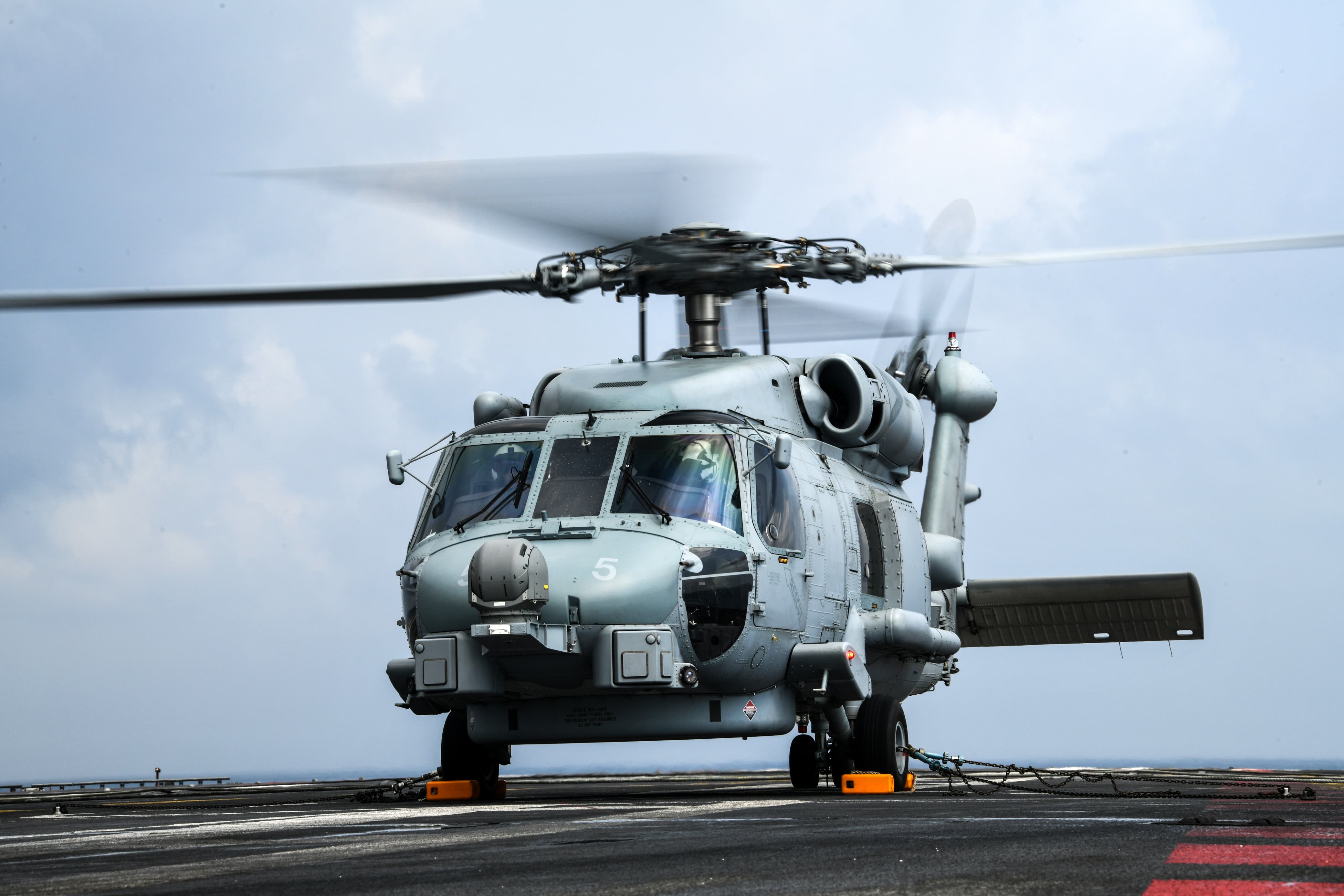
The Indian Navy is set to receive the remaining 15 MH-60R Seahawk multi-role helicopters from the United States by the end of 2025. This follows the 2020 agreement with the U.S. Government, under which India procured 24 MH-60R helicopters in a deal worth over 14,000 crore.
The agreement, finalized in February 2020, was part of efforts to modernize the Indian Navy’s helicopter fleet with advanced, mission-capable aircraft. The MH-60R Seahawk, manufactured by Lockheed Martin, is a versatile platform designed for anti-submarine warfare (ASW), anti-surface warfare (ASuW), search and rescue (SAR), and other critical naval operations.
Continue readingSOURCE: RAUNAK KUNDE / NEWS BEAT / IDRW.ORG
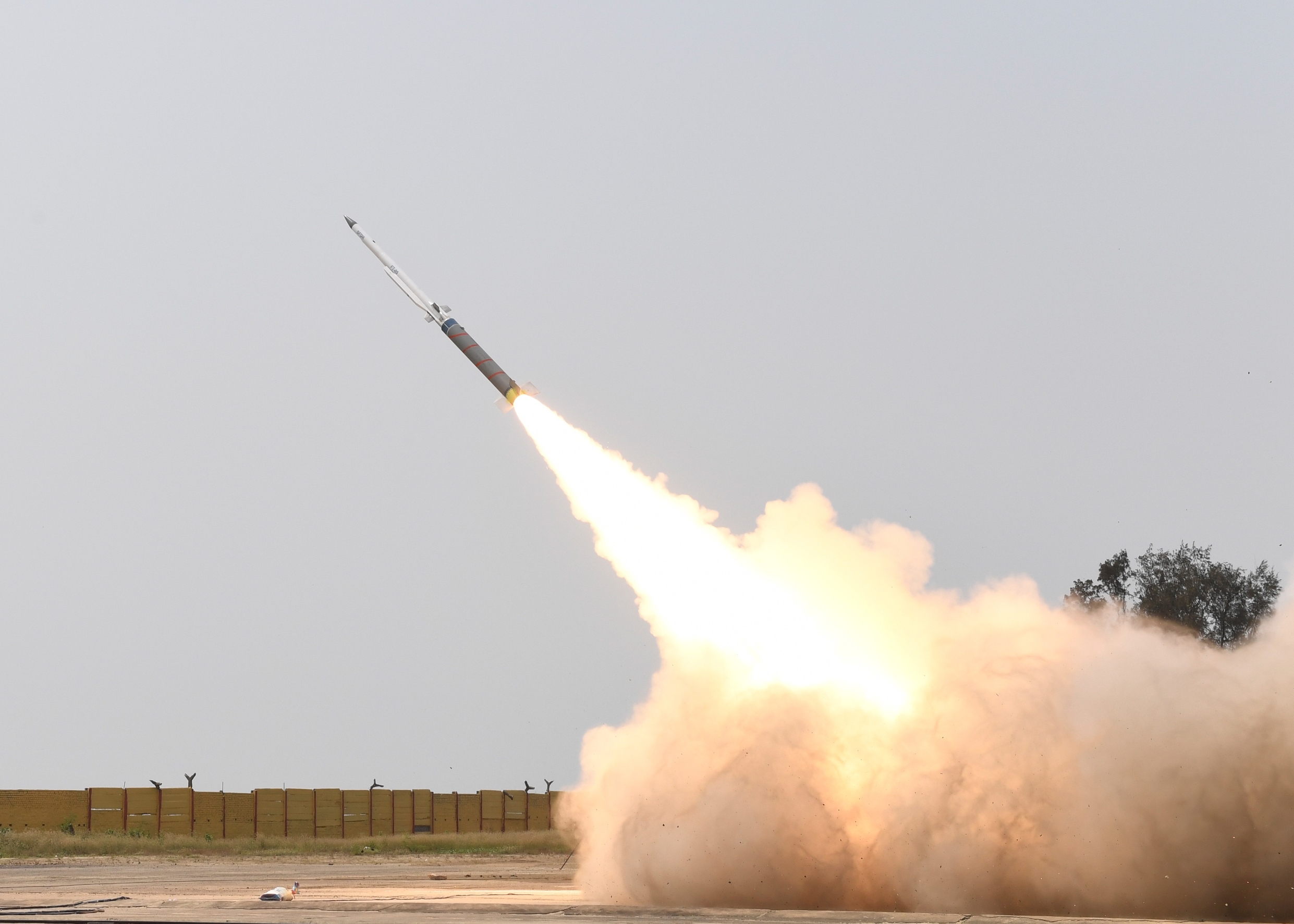
The Astra Mk3 (also known as the Solid Fuel Ducted Ramjet, or SFDR) air-to-air missile program, a critical component of India’s future defence capabilities, is facing significant delays due to ongoing technological challenges, according to a DRDO official speaking on the condition of anonymity to idrw.org.
The official acknowledged that while the SFDR booster has been successfully tested, the program’s overall pace is slower than initially expected, and it may take several more years before the missile can enter full-scale development and eventually enter production.
Continue readingSOURCE: RAUNAK KUNDE / NEWS BEAT / IDRW.ORG

In a strategic move to accelerate the export of its Light Combat Aircraft (LCA)-Tejas Mk1, Hindustan Aeronautics Limited (HAL) has extended an invitation to interested countries for a free evaluation of the aircraft. This initiative is aimed at showcasing the Tejas Mk1’s capabilities and allowing foreign air forces to experience the aircraft firsthand. HAL is keen to demonstrate that the Tejas Mk1 is a fully developed, battle-ready fighter jet that is open to scrutiny from prospective buyers around the world.
As part of its efforts to increase the global presence of the Tejas and position it as a competitive light fighter jet, HAL is encouraging air forces from interested countries to send their pilots to India for hands-on evaluation. This gesture will allow foreign personnel to fly the Tejas and assess its performance in various operational scenarios, providing a tangible understanding of the aircraft’s capabilities, handling, and overall potential.
Continue readingSOURCE: RAUNAK KUNDE / NEWS BEAT / IDRW.ORG
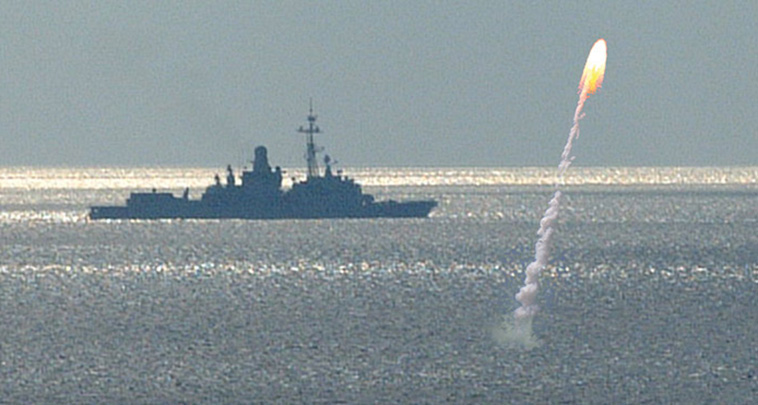
The Defence Research and Development Organisation (DRDO) is initiating collaboration with the private sector to develop locally manufactured submarine signalling devices. These specialized pyrotechnic signalling devices play a crucial role in submarine safety and communication, especially in distress situations or operational coordination with other vessels or aircraft.
By involving private industry, DRDO aims to leverage local manufacturing capabilities to produce high-quality, reliable signalling equipment that meets the needs of the Indian Navy and enhances the indigenization of critical defence components.
Continue readingSOURCE: IDRW.ORG.

India has issued a Notice to Airmen (NOTAM) that outlines a designated area for a potential missile test from a submerged platform or submarine, with a range extending up to 3,490 kilometers. This development has fueled speculation about the nature of the missile being tested, with two primary theories emerging: a potential first test of the K-5 Submarine-Launched Ballistic Missile (SLBM) or a validation test of the K-4 SLBM.
The K-5 SLBM, under development for over eight years, is reportedly designed to have a range of 5,500 kilometers and is anticipated to be India’s first SLBM capable of carrying Multiple Independently Targetable Reentry Vehicles (MIRVs). MIRV technology would allow a single missile to deploy multiple warheads, each capable of targeting a different location, significantly enhancing deterrence capability.
Continue reading